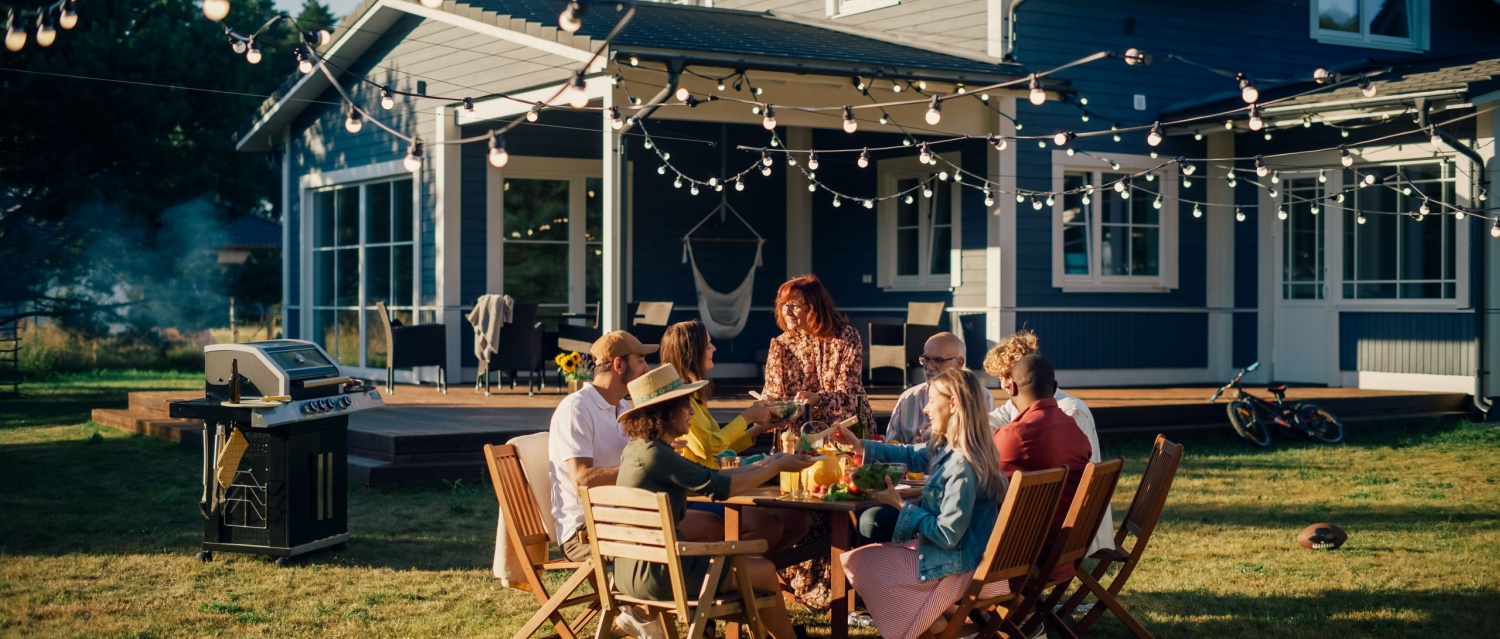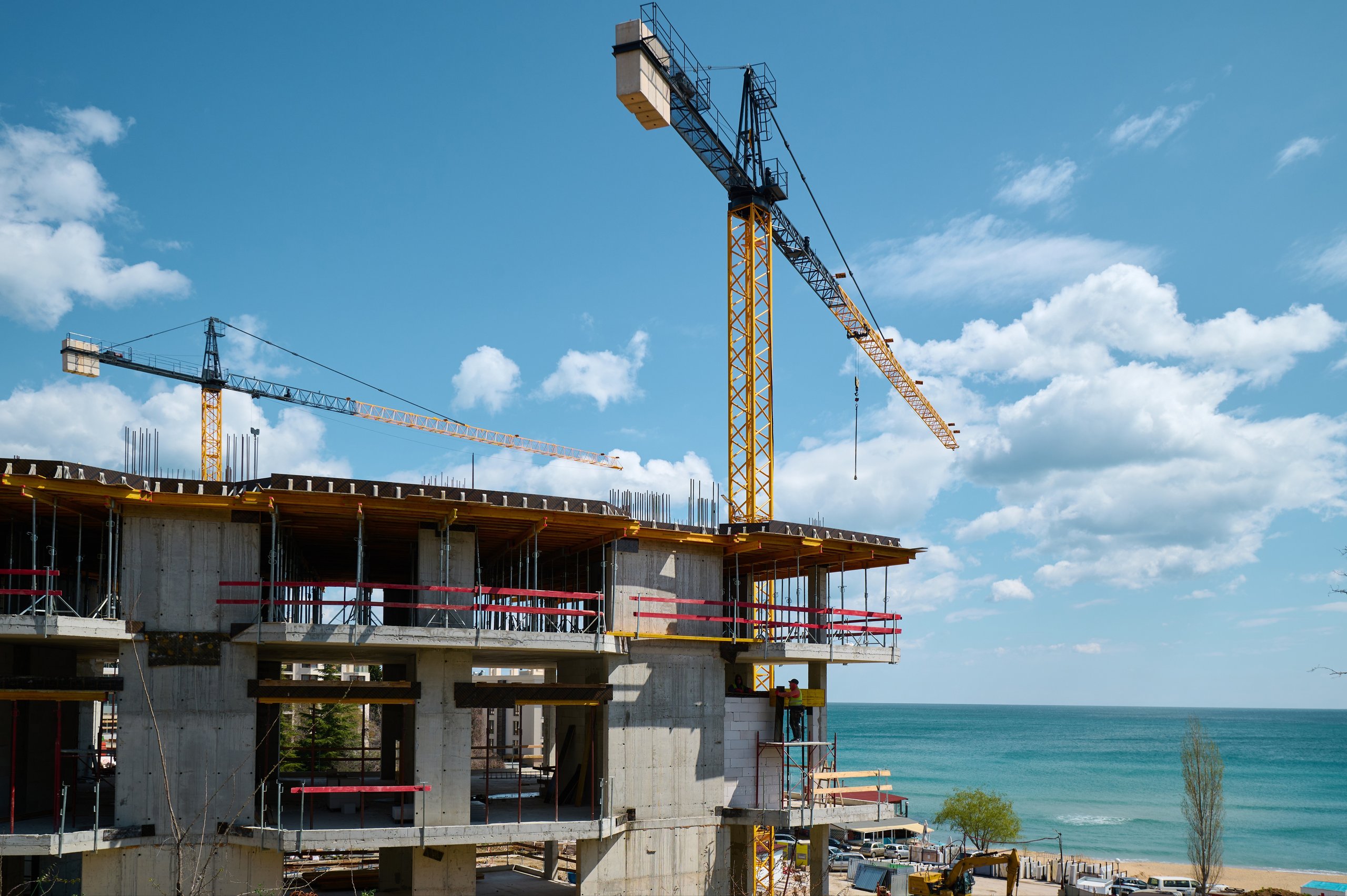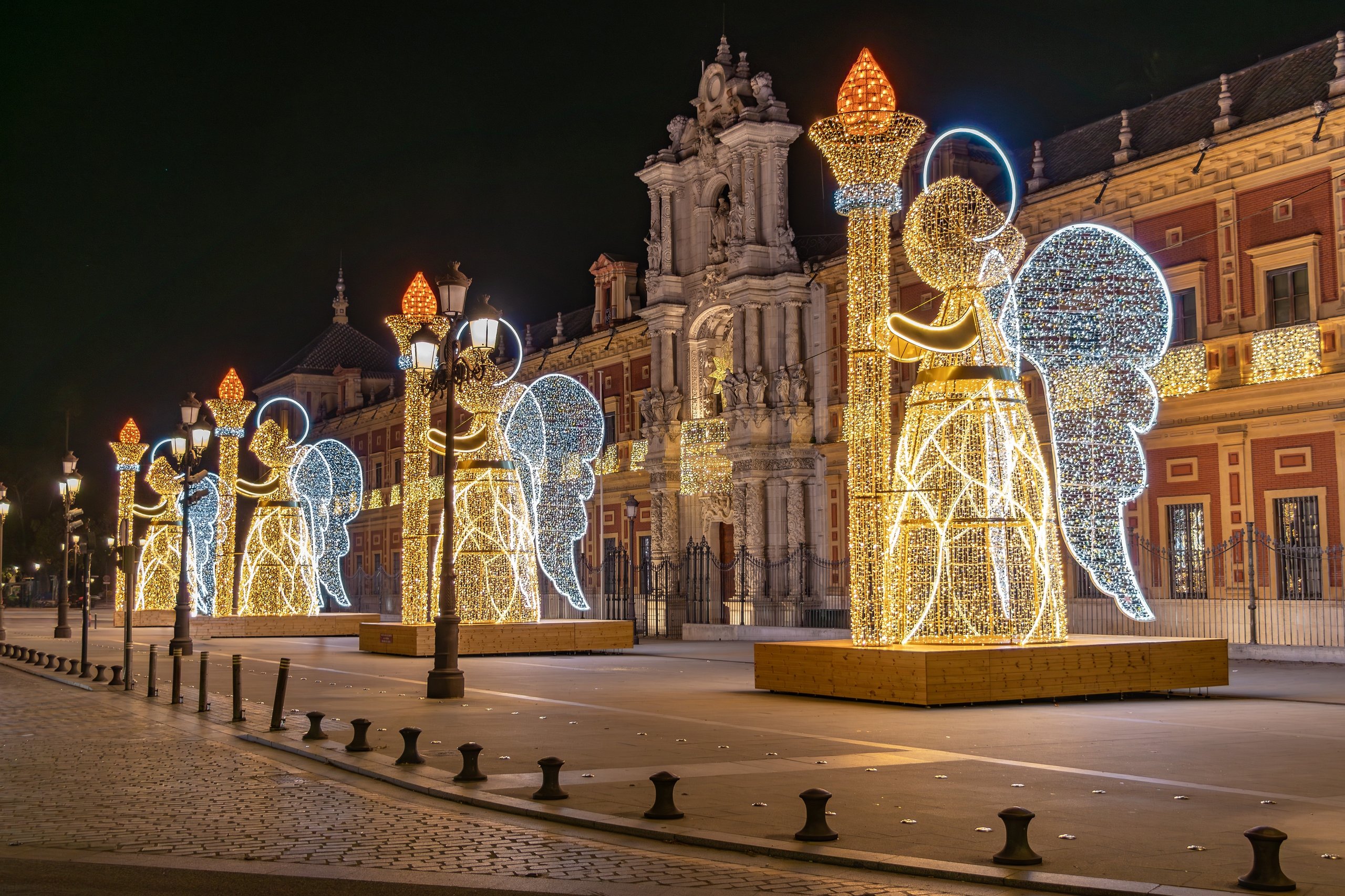Looking for an Ionian island with a gentler pace, dazzling natural beauty and better value than the big-name hotspots? Kefalonia offers a lifestyle many only dream about – and you can make it your reality with the right support.
Kefalonia has long flown under the radar compared to its neighbour Corfu, but that’s precisely why it’s now catching the attention of savvy overseas buyers. With spacious beaches, traditional Greek villages and one of the greenest landscapes in the Ionian Sea, it offers a more peaceful yet well-connected lifestyle. Whether you’re drawn to elegant Fiskardo or the capital Argostoli, buying property in Kefalonia is your chance to create a new chapter abroad.
Download the Greece Buying Guide
Contents
Why buy property in Kefalonia?
If you’re after a destination that offers beauty, space and that classic Greek-island feel – without the crowds of Mykonos or the inflated prices of Santorini – Kefalonia is a standout choice. It was voted the best Greek island by Which? readers, scoring five stars for beaches, food and drink, scenery and peace and quiet.
The landscape here is unspoilt: think cypress-lined hillsides, dramatic mountains, lush valleys and turquoise bays. There’s Venetian history to uncover in the castles of Assos and St George, a cave lake hidden within Melissani and the towering peaks of Mount Ainos.
Kefalonia is still relatively underdeveloped compared to other islands, but that’s changing fast. The opening of luxury retreats like Eliamos shows that the market is maturing. If you want to get in while it’s still affordable, the time to act is now.

What’s the weather like in Kefalonia?
Kefalonia enjoys long, warm summers and mild winters. From May to September, you’ll typically see highs of 30-35°C and up to 12 hours of sunshine per day. Spring and autumn are pleasantly warm, around 24°C, although spring can be breezier, and autumn often sees the most rainfall. Winter is mild by UK standards – highs around 15°C – but it can snow on Mount Ainos.
As one of the Ionian islands, Kefalonia is also greener than southern counterparts like Crete, thanks to its slightly higher rainfall. That gives the island its lush feel – great if you’re keen on walking or gardening year-round.
What can I get for my budget?
| Budget | What you can expect | Comments |
|---|---|---|
| Under €50,000 | Land plots or old stone houses in need of complete renovation | Ideal for hands-on buyers or builders |
| €120,000-€200,000 | Liveable one- or two-bedroom homes in traditional villages | Some may need light cosmetic work |
| €350,000+ | Modern villas with sea views and private pools | Usually in coastal hotspots or on larger plots |
Is Kefalonia a good investment?
Yes – particularly if you’re looking for a long-term holiday home with income potential. In June 2025, the average asking price in Kefalonia is around €2,400 per square metre, according to data from Indomio. That’s significantly more affordable than Mykonos or Santorini, and slightly cheaper than Corfu.
Tourism is growing, and with the island’s extended holiday season (April to October), there’s solid potential for rental returns.
How to get to Kefalonia
Kefalonia International Airport (EFL) receives direct flights from the UK, Austria and the Netherlands during the summer season. It’s just eight kilometres from Argostoli, so onward travel is easy by taxi or bus. From late autumn to early spring, direct international flights pause, but the island remains connected to Athens year-round.
Ferries also operate from the mainland ports of Patras and Kyllini, as well as to neighbouring islands like Lefkada and Zakynthos. In high season, some ferries connect with Italy, too – ideal if you’re arriving by car.
Where to buy in Kefalonia
- Argostoli – the island’s capital offers a blend of Greek tradition and modern convenience, with a good hospital, shops, banks and a pleasant promenade along the bay.
- Lixouri – a quieter town across the bay from Argostoli, popular with buyers looking for a slower pace and traditional local living.
- Fiskardo – located in the north, this upmarket harbour village is known for its preserved Venetian architecture and attracts yacht visitors and boutique buyers.
- Skala – with its long beach, buzzing tourist infrastructure and array of shops and restaurants, this is a solid choice for those wanting holiday rental potential.
- Sami – famous for the nearby Melissani Cave and beautiful Antisamos Beach, Sami is ideal for nature lovers and still feels relatively undiscovered.
- Asos – tucked beneath a Venetian castle, Asos offers postcard views and a peaceful setting for those wanting tranquillity and charm in equal measure.
Step-by-step: how to buy a property in Kefalonia
- Do your research: read guides, attend virtual shows and speak to others who’ve done it. Focus on location and lifestyle fit.
- Define your criteria: think carefully about property type, budget and whether rental potential matters. Don’t forget to budget around 10% on top of the purchase price for fees and taxes.
- Speak to a currency expert: exchange rate movements can significantly affect your budget. Use a forward contract to lock in your rate with Smart Currency Exchange.
- Get your AFM number: this is your Greek tax number, needed to open a bank account and complete the sale. Apply at the local tax office.
- Build your team: connect with a local estate agent, an independent property lawyer and, if needed, a tax adviser. We can help with introductions.
- Plan your viewing trip: once you’ve shortlisted some properties, schedule a trip – ideally outside peak months – to get the most time with your agent.
- Make an offer: offers are typically made through your estate agent. If accepted, your lawyer will start legal checks and due diligence.
- Sign reservation agreement: pay a reservation fee and sign a preliminary contract. Then, pay a deposit (usually 10%) once legal checks are complete.
- Sort utilities: plan for utility setup while the final paperwork is processed – this can take a few weeks.
- Sign final contract: you’ll do this in front of a notary, along with final payments and taxes. Congratulations – the keys are yours!
- Register the property: your lawyer will handle this with the local Land Registry to finalise the transfer of ownership.

Frequently asked questions
Yes. Kefalonia offers excellent value compared with more high-profile islands like Mykonos or Santorini. It combines unspoilt natural scenery, a slower pace of life and growing rental demand thanks to its extended holiday season. For buyers who want both a lifestyle upgrade and the potential for income, it’s a strong choice.
The main risks include unclear property titles, unregulated estate agents and unexpected renovation costs. That’s why it’s essential to work with an independent lawyer, use trusted local experts and budget around 10% extra for taxes and fees. Doing thorough checks before committing will help you avoid costly surprises.
Yes. There are no restrictions on UK citizens buying property in Greece, even after Brexit. You’ll need a Greek tax number (AFM) and it’s a good idea to have a local bank account to complete the purchase. If you plan to stay longer than 90 days in a 180-day period, you’ll also need to explore visa or residency options.
Many expats choose areas with good amenities and community feel. Argostoli, the island’s capital, offers services and year-round life. Fiskardo appeals to buyers seeking an upmarket harbour village with Venetian character. Skala is popular with those focusing on rental returns, while quieter spots like Lixouri and Assos attract buyers seeking traditional living.
You might also like:









